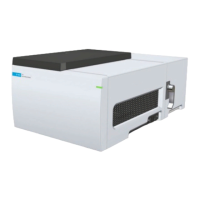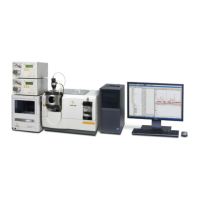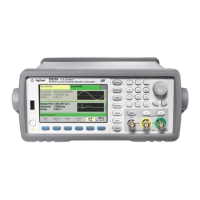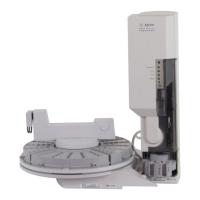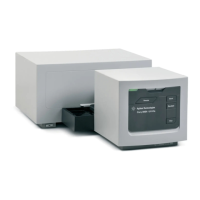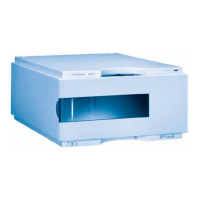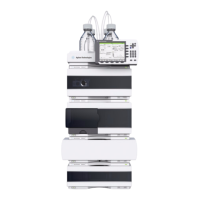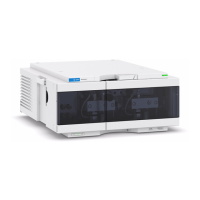151
Chapter 6 Service and Repair
Self-Test Procedures
4
6
Remote I/O Execution
1 While not required, it is recommended that all input connections to the
instrument be removed before running self-test. Cycle power to reboot
the instrument and run the power-on self test.
2 Make a connection the instrument using the remote interface see (“To
Configure the Remote Interface”, on page 75).
3Send the *TST? query and read the result. Be sure to set the time-out
longer than 15 seconds.
4 If the self-test successfully passed, the *TST? query returns “+0”. If self-
test errors occur, the *TST? query returns a “+1”. Use the
SYStem:ERRor? query to read any errors.
Front Panel Execution
1 While not required, it is recommended that all input connections to the
instrument be removed before running self-test. Cycle power to reboot
the instrument and run the power-on self test.
2
Press
and then press
the Utility, Test/Cal, and Self Test soft keys
3 A progress bar will be displayed as self-test executes. After completion
any failures can be viewed by pressing
and then pressing
the Help
and View Errors softkeys.
The full self test will take approximately 15 seconds to complete and you
may hear the instrument's internal relays switching during the
procedure. If the self-test is successful “Self-test Passed” is reported on
the front panel. If the self-test is not successful “Self-test Failed” is
reported. The self-test error messages and their meaning are shown
beginning on the next page.
